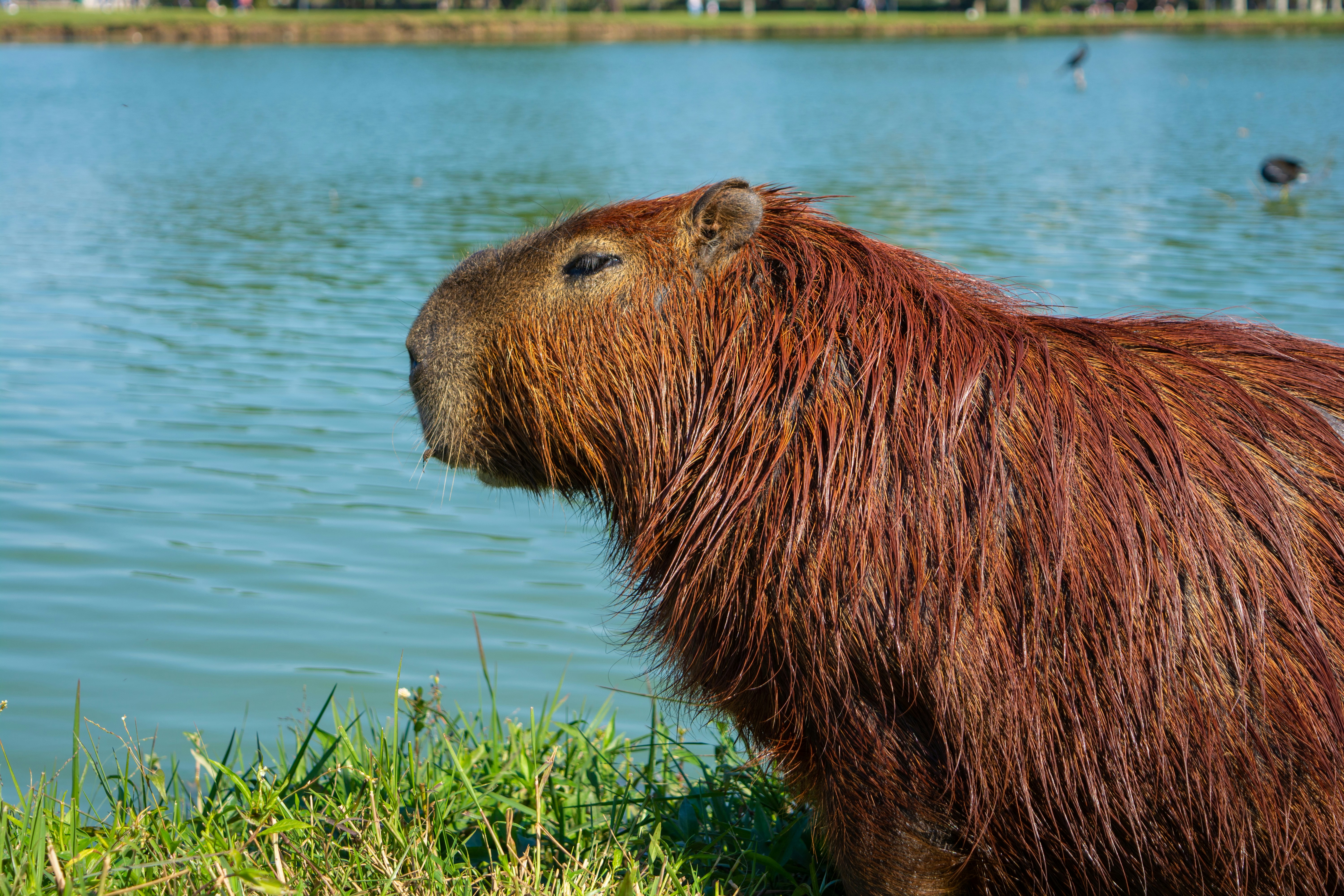A New Study led Assistant Research Professor Juan Martin Dabezies Offers Insights into Uruguay's Iconographic Connection With Conservation Strategy
Much like the iconic status of the bald eagle in the United States, countries around the world use faunal images as national symbols on stamps, banknotes, coins and more. However, these symbols do more than establish national identity—they can influence conservation policies, according to a study led by Assistant Research Professor Juan Martin Dabezies.
In this article published in the journal Biological Conservation, Dabezies, along with co-authors Alexandra Cravino Mol, Enrique M. González and Juan Andrés Martínez-Lanfranco, explores the connections among national symbols, heritage and environmental preservation in Uruguay. Dabezies, who joined GEOG this spring, delves into how these elements shape the country's conservation policies and cultural identity.
"Our goal was to uncover the historical interplay between cultural, subjective and symbolic elements in shaping national iconography, and its impact on defining national identity and guiding public conservation policies," said Dabezies. “We also wanted to approach this study from an interdisciplinary perspective, combining qualitative and quantitative methodologies.”
Covering a period from the late 19th century to the present, the study highlights how the Uruguayan government has utilized images of both native and exotic animals to construct the country's national identity.
In the early 20th century, as Uruguay marked its centenary of independence, the imagery prominently featured productive animals like cows and horses. These symbols were chosen to reflect Uruguay's aspiration to be seen as a productive and modern nation, similar to European countries. This period aimed to establish a culturally homogeneous identity centered around a Eurocentric vision, erasing cultural diversity and any kind of non-European population.
As Uruguay progressed through the 20th century and into the 21st, the focus of its iconography began to shift. The study found an increasing inclusion of native species, representing a broader and more inclusive national identity that acknowledges the richness of the native culture, including indigenous and Afro-descendant populations.
“The transition in Uruguay’s iconographic representation from exotic, productive animals to native species mirrors the country’s evolving national identity. It reflects a growing recognition of the importance of cultural and biological diversity,” Dabezies explained.
Furthermore, the research underscores that conservation policies in Uruguay are significantly influenced by these symbolic representations. Decisions about which species to protect are often driven more by cultural and historical considerations than by scientific criteria, resulting in biases in resource allocation that favor more charismatic and culturally significant species. For instance, animals like the bald eagle in the United States receive prominent attention, while less visible species like nematodes and bats may be relatively neglected.
The authors emphasize the importance of incorporating scientific evidence into conservation decision-making processes. They argue that these findings can prompt countries like Uruguay to reassess their self-identity in the postcolonial era. By suggesting ways to develop policies that safeguard both the nation's cultural heritage and its natural environment, the study aims to promote national independence across cultural, economic and environmental dimensions.
Dabezies hopes that the study will inspire other countries with colonial histories to reexamine their self-conceptions, thereby bolstering postcolonial processes. "This research offers a framework for crafting public policies that integrate conservation efforts for both cultural and environmental heritage, alongside strategies for conservation and sustainable production. Ultimately, this contributes to the pursuit of national sovereignty from cultural, productive and environmental perspectives," Dabezies elaborated.
Photo of a capybara by Felippe Lopes on Unsplash


